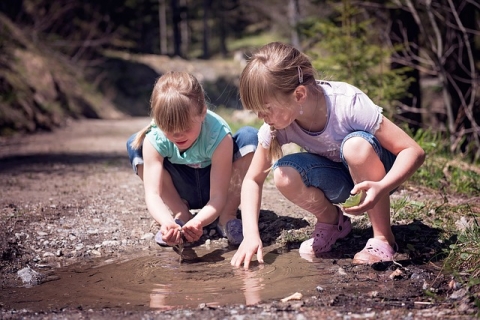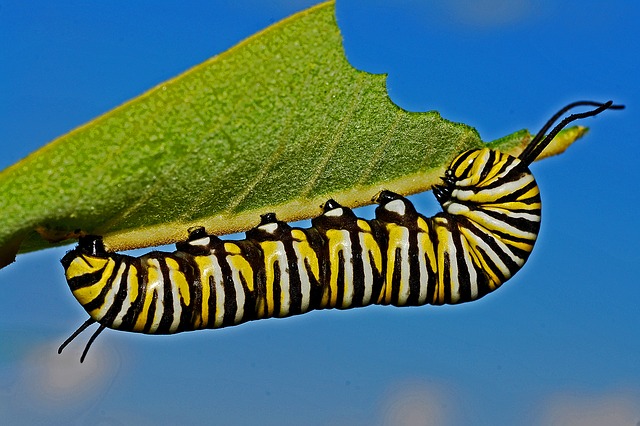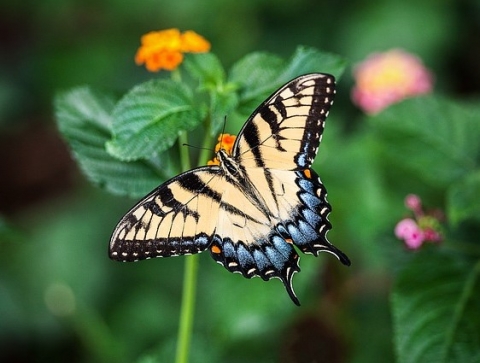Animal Life Cycles

Butterfly on a flower (dMz, Pixabay)

Butterfly on a flower (dMz, Pixabay)
How does this align with my curriculum?
| Grade | Course | Topic |
|---|
Students develop sorting & classifying and comparing & contrasting skills as they investigate the life cycles of animals.
Overview
Students explore different types of life cycles of familiar animals, and compare and contrast the stages within them.
Timing
45- 60 minutes
Setting the Stage
This inquiry provides opportunities for students to develop their sorting and classifying and comparing and contrasting skills as they explore the life cycles of familiar animals. Science has a classification system for organizing all of the animals on Earth, including humans. These classifications focus on similarities and differences such as an animal’s physical appearance. Another area considered is whether the animal’s babies are born alive (like human babies), or from eggs (like fish). As students explore different types of life cycles and compare and contrast the stages within them, they will develop an understanding of and appreciation for the diversity of life on Earth.
This inquiry could begin from:
- questions or comments initiated by the students after seeing an adult butterfly in the schoolyard. Discuss using questions such as:
- “Where do adult butterflies come from?”
- “Is this butterfly an adult? Why do you think this?”
- “Do you think the butterfly was born looking like this? Why do you think that?”
- “Do all animals come from caterpillars like this butterfly? Tell me more about that.”
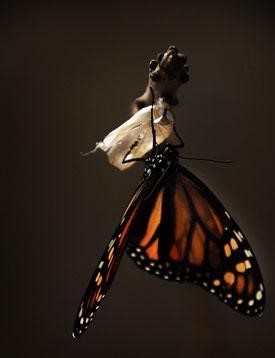
- a selection of images, floor puzzles, models or manipulatives of different animals throughout their life cycles for students to explore. Discuss using questions such as:
- “What differences do you see among the animals? What do you notice that is the same?”
- “How do these animals’ life cycles differ? How are they the same?”
- “Do all types of animals have the same life cycle stages?” (e.g., mammals, insects, amphibians)
- “How does this animal look when it is born? How does it look when it is an adult?”
- “What comes first in the life cycle? What comes next? How can you tell?”
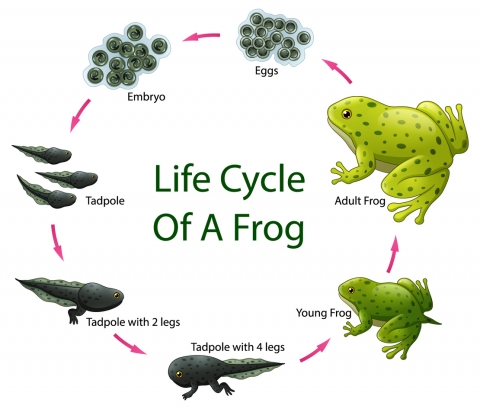
- reading a book such as What Will Hatch?, An Egg is Quiet or Leaps and Bounce. Discuss using questions such as:
- “Can you tell what type of animal will hatch from an egg? Why or why not?”
- “Do all animals start in an egg? Tell me more about that.”
- “Do all eggs have hard shells like chicken eggs? Do you know any animals that lay eggs with soft shells or no shells?”
Details
A collection of pictures of animals at different stages of their life cycles and different kinds of life cycle
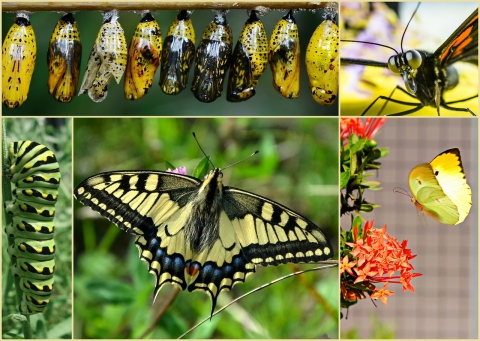
Collect pictures of animal life cycles. You may wish to use these images of Animals: Babies and Adults.
Students use the Sorting Mats learning strategy to develop and apply the skill of Sorting & Classifying and Comparing & Contrasting to learn about animal life cycles.
Students:
- work in small collaborative groups to explore, observe, sort and classify a variety of examples of different stages in animal life cycles and different kinds of life cycles.
- record their results of the sorting on an organizer of their choice, using words, pictures, models, and/or photographs.
- explain their reasons for sorting the stages/life cycles in the way they did.
- compare and contrast the different stages of a variety of animals’ life cycles (e.g., compare the egg stage for several animals). They can also compare and contrast the different types of life cycles (e.g., mammal vs amphibian vs insect).
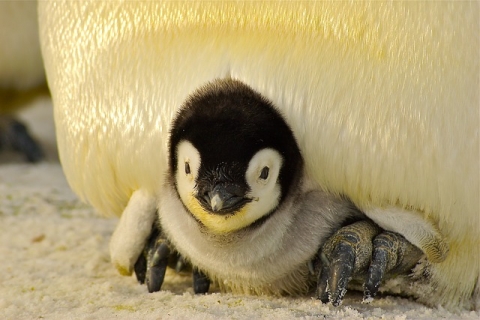
Observe and document, using anecdotal comments, photos and/or video recordings, students’ ability to:
- Observe - students apply prior knowledge and skills to explore similarities and differences in stages in animal life cycles and complete animal life cycles.
| Chicken egg | Frog egg |
|---|---|
| Laid in nests, on the floor of the coop, or on the ground - dark dry places | Laid in or on water – moist wet places |
| Hard protective shell | Soft jelly-like |
| One at a time | In large groups |
- Sort & Classify – students sort and classify stages of life cycles and complete life cycles according to self-determined criteria and describe the criteria.

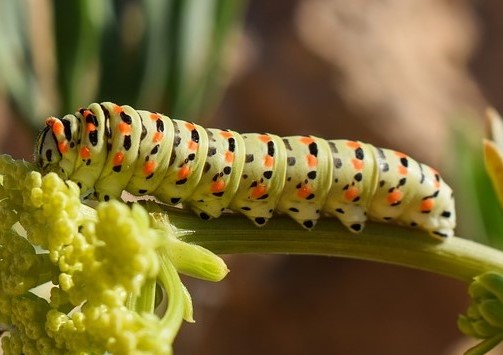
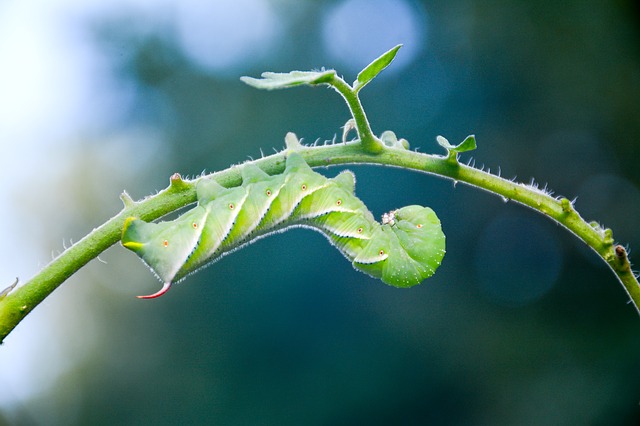
“These are all caterpillars. When they are adult butterflies they will have wings.”
- Compare & Contrast - students find similarities and differences in the life cycles of various animals
- Same:
- Eggs look very different from adults
- Different:
- Stages in their life cycles are different
- Butterfly goes through 4 stages
- Frog goes through 6 stages
- Jellyfish goes through 8 stages
- Same:
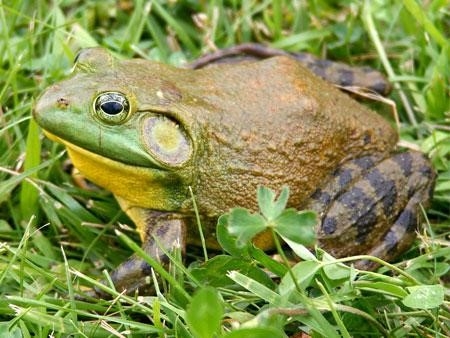

- Collaborate – students work with others to complete a task.
- Record – students record results of the life cycle comparison using words and/or pictures and/or with the aid of a graphic organizer.
- Communicate – students use appropriate language in discussions about animal life cycles.
| Students: Saying, Doing, Representing |
Educator: Interactions: Responding, Challenging |
|---|---|
|
Students observe and sort and classify different stages of animal life cycles/types of animal life cycles. Students explain the rules for their classifications. |
|
|
Students compare and contrast the life cycles of a variety of animals. Students record their findings using words or pictures with the aid of a graphic organizer. |
|
| Students work collaboratively with others to complete a task. |
|
Literacy
- choose appropriate and relevant words to communicate meaning accurately (e.g., when describing physical features and characteristics of animal life cycles)
- understand the criteria involved in working constructively together to complete a task (e.g., one person speaks at a time)
Mathematical Thinking
- identify attributes that can be compared (e.g., number of stages in animal life cycles) and describe the stages using relative terms
- compare the ordinal position of a specific object in two different given sequences (e.g., compare the adult stage in a variety of animal life cycles – 8th, 4th)
If your students are interested in learning more, the following may provoke their curiosity:
- What similarities and differences do you find between the human life cycle and any of the animal life cycles that you investigated?
- How do different animal parents care for their offspring throughout their life cycles?
- How does the life cycle of a plant compare to some of the animal life cycles you have explored? Visit the Tomatosphere™ website for a backgrounder about the life cycle of a tomato plant.

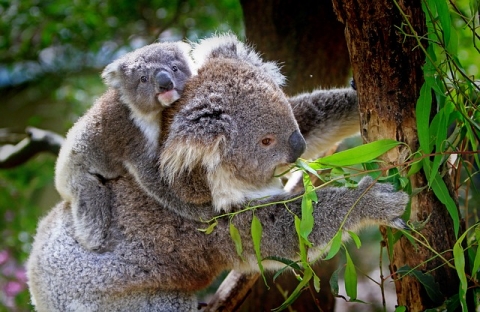
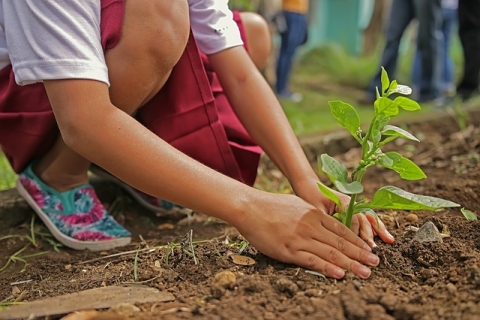
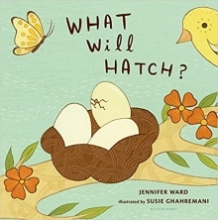
What Will Hatch?
by Jennifer Ward
What is more exciting than waiting for an egg to hatch? From a squiggly tadpole to fuzzy robin to a leathery platypus, this book shows eight different animals as they begin life.
ISBN: 9780802723116
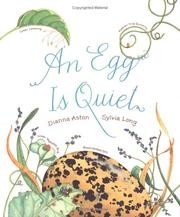
An Egg is Quiet
By Dianna Hutts Aston
Featuring poetic text and an elegant design, this book teaches children countless interesting facts about eggs.
ISBN 9780545054249
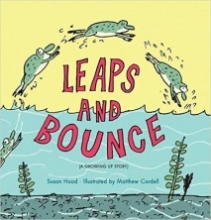
Leaps and Bounce
By Susan Hood
Change comes to all who grow. Even tiny tadpoles. Follow them as they start out as small, rounded eggs, and then sprout wiggly tails, before leaping their way into the big wide world!
ISBN 978-1423152347
Plant Life Cycle (Lessons)
Students develop and apply the skills of observing, comparing & contrasting, and communicating as they explore life cycles of familiar plants.
Plant Reproduction (Backgrounders)
Learn about sexual and asexual reproduction in plants.
The Life Cycle of a Tomato Plant (Backgrounders)
Backgrounder outlining the life cycle of a tomato plant.
Materials
A collection of pictures of animals at different stages of their life cycles and different kinds of life cycle

Preparation
Collect pictures of animal life cycles. You may wish to use these images of Animals: Babies and Adults.
What to Do
Students use the Sorting Mats learning strategy to develop and apply the skill of Sorting & Classifying and Comparing & Contrasting to learn about animal life cycles.
Students:
- work in small collaborative groups to explore, observe, sort and classify a variety of examples of different stages in animal life cycles and different kinds of life cycles.
- record their results of the sorting on an organizer of their choice, using words, pictures, models, and/or photographs.
- explain their reasons for sorting the stages/life cycles in the way they did.
- compare and contrast the different stages of a variety of animals’ life cycles (e.g., compare the egg stage for several animals). They can also compare and contrast the different types of life cycles (e.g., mammal vs amphibian vs insect).

Assessment
Observe and document, using anecdotal comments, photos and/or video recordings, students’ ability to:
- Observe - students apply prior knowledge and skills to explore similarities and differences in stages in animal life cycles and complete animal life cycles.
| Chicken egg | Frog egg |
|---|---|
| Laid in nests, on the floor of the coop, or on the ground - dark dry places | Laid in or on water – moist wet places |
| Hard protective shell | Soft jelly-like |
| One at a time | In large groups |
- Sort & Classify – students sort and classify stages of life cycles and complete life cycles according to self-determined criteria and describe the criteria.



“These are all caterpillars. When they are adult butterflies they will have wings.”
- Compare & Contrast - students find similarities and differences in the life cycles of various animals
- Same:
- Eggs look very different from adults
- Different:
- Stages in their life cycles are different
- Butterfly goes through 4 stages
- Frog goes through 6 stages
- Jellyfish goes through 8 stages
- Same:


- Collaborate – students work with others to complete a task.
- Record – students record results of the life cycle comparison using words and/or pictures and/or with the aid of a graphic organizer.
- Communicate – students use appropriate language in discussions about animal life cycles.
Co-constructed Learning
| Students: Saying, Doing, Representing |
Educator: Interactions: Responding, Challenging |
|---|---|
|
Students observe and sort and classify different stages of animal life cycles/types of animal life cycles. Students explain the rules for their classifications. |
|
|
Students compare and contrast the life cycles of a variety of animals. Students record their findings using words or pictures with the aid of a graphic organizer. |
|
| Students work collaboratively with others to complete a task. |
|
Cross curricular Connections
Literacy
- choose appropriate and relevant words to communicate meaning accurately (e.g., when describing physical features and characteristics of animal life cycles)
- understand the criteria involved in working constructively together to complete a task (e.g., one person speaks at a time)
Mathematical Thinking
- identify attributes that can be compared (e.g., number of stages in animal life cycles) and describe the stages using relative terms
- compare the ordinal position of a specific object in two different given sequences (e.g., compare the adult stage in a variety of animal life cycles – 8th, 4th)
Extending the Learning
If your students are interested in learning more, the following may provoke their curiosity:
- What similarities and differences do you find between the human life cycle and any of the animal life cycles that you investigated?
- How do different animal parents care for their offspring throughout their life cycles?
- How does the life cycle of a plant compare to some of the animal life cycles you have explored? Visit the Tomatosphere™ website for a backgrounder about the life cycle of a tomato plant.



Supporting Media

What Will Hatch?
by Jennifer Ward
What is more exciting than waiting for an egg to hatch? From a squiggly tadpole to fuzzy robin to a leathery platypus, this book shows eight different animals as they begin life.
ISBN: 9780802723116

An Egg is Quiet
By Dianna Hutts Aston
Featuring poetic text and an elegant design, this book teaches children countless interesting facts about eggs.
ISBN 9780545054249

Leaps and Bounce
By Susan Hood
Change comes to all who grow. Even tiny tadpoles. Follow them as they start out as small, rounded eggs, and then sprout wiggly tails, before leaping their way into the big wide world!
ISBN 978-1423152347
Learn More
Plant Life Cycle (Lessons)
Students develop and apply the skills of observing, comparing & contrasting, and communicating as they explore life cycles of familiar plants.
Plant Reproduction (Backgrounders)
Learn about sexual and asexual reproduction in plants.
The Life Cycle of a Tomato Plant (Backgrounders)
Backgrounder outlining the life cycle of a tomato plant.
